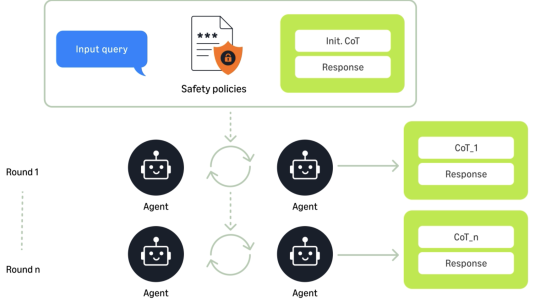Customer-obsessed science


Research areas
-
July 31, 2025Using ensembles of agents to generate and refine interactions annotated with chains of thought improves performance on a battery of benchmarks by an average of 29%.
Featured news
-
The transformer is a powerful data-modeling framework responsible for remarkable performance on a wide range of tasks. However, transformers are limited in terms of scalability as it is suboptimal and inefficient to process long-sequence data. To this purpose we introduce BLRP (Bidirectional Long-Range Parser), a novel and versatile attention mechanism designed to increase performance and efficiency on
-
Retrieval and ranking lie at the heart of several applications like search, question-answering, and recommendations. The use of Large language models (LLMs) such as BERT in these applications have shown promising results in recent times. Recent works on text-based retrievers and rankers show promising results by using bi-encoders (BE) architecture with BERT like LLMs for retrieval and a cross-attention
-
ICDE 20242024How can we effectively generate missing data transformations among tables in a data repository? Multiple versions of the same tables are generated from the iterative process when data scientists and machine learning engineers fine-tune their ML pipelines, making incremental improvements. This process often involves data transformation and augmentation that produces an augmented table based on its base version
-
ICRA 20242024Robotic manipulation is a key enabler for automation in the fulfillment logistics sector. Such robotic systems require perception and manipulation capabilities to handle a wide variety of objects. Existing systems either operate on a closed set of objects or perform object-agnostic manipulation which lacks the capability for deliberate and reliable manipulation at scale. Object identification (ID) unlocks
-
Krylov cubic regularized Newton: A subspace second-order method with dimension-free convergence rateAISTATS 20242024Second-order optimization methods, such as cubic regularized Newton methods, are known for their rapid convergence rates; nevertheless, they become impractical in high-dimensional problems due to their substantial memory requirements and computational costs. One promising approach is to execute second-order updates within a lower-dimensional subspace, giving rise to subspace second-order methods. However
Academia
View allWhether you're a faculty member or student, there are number of ways you can engage with Amazon.
View all





























